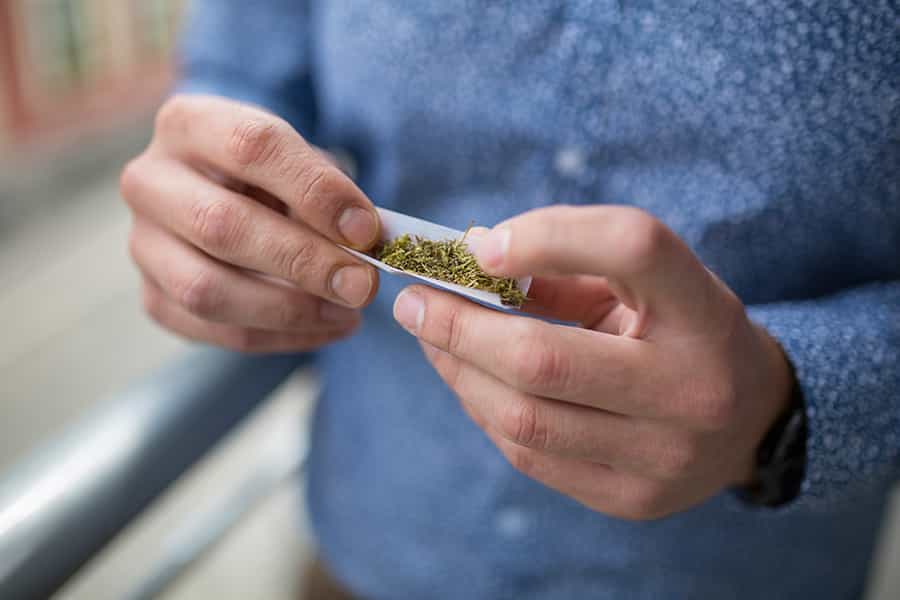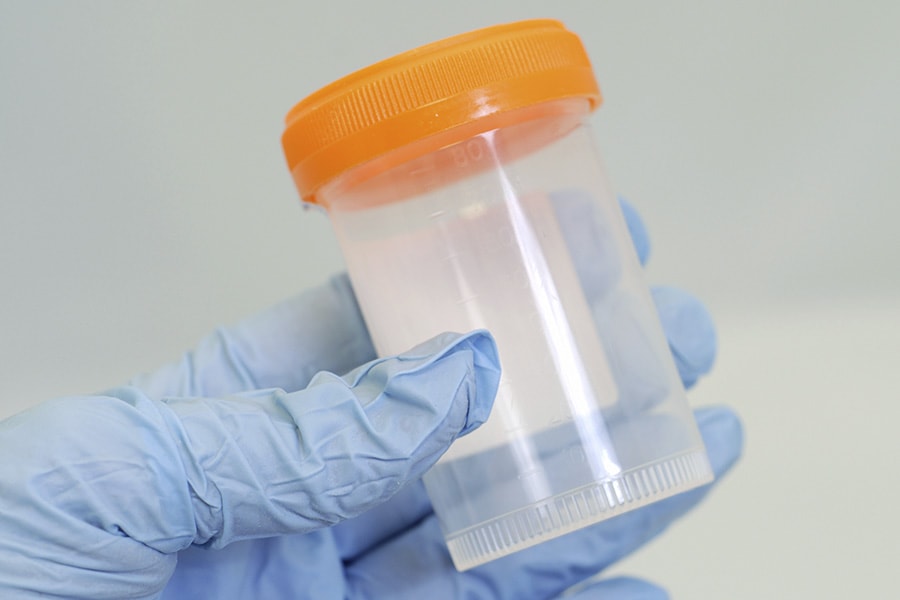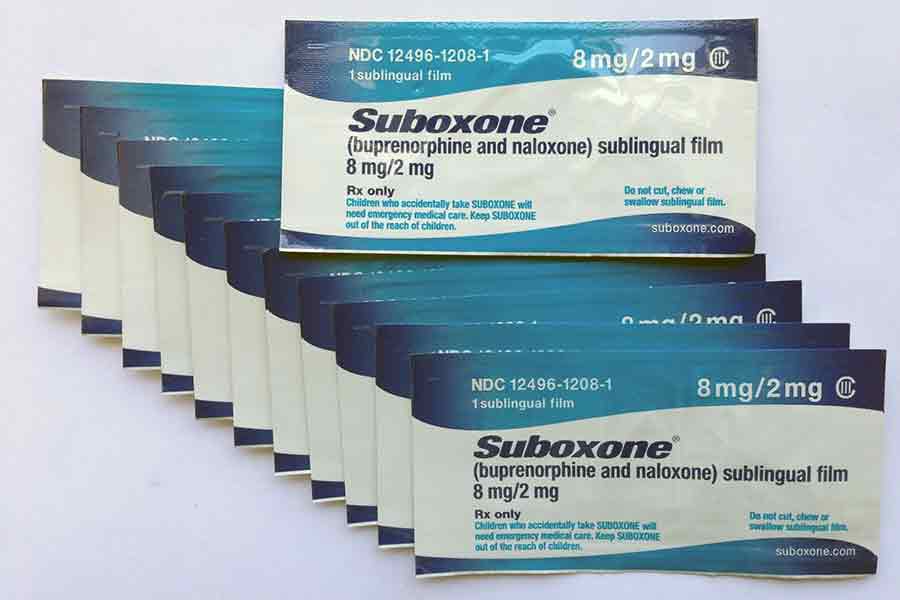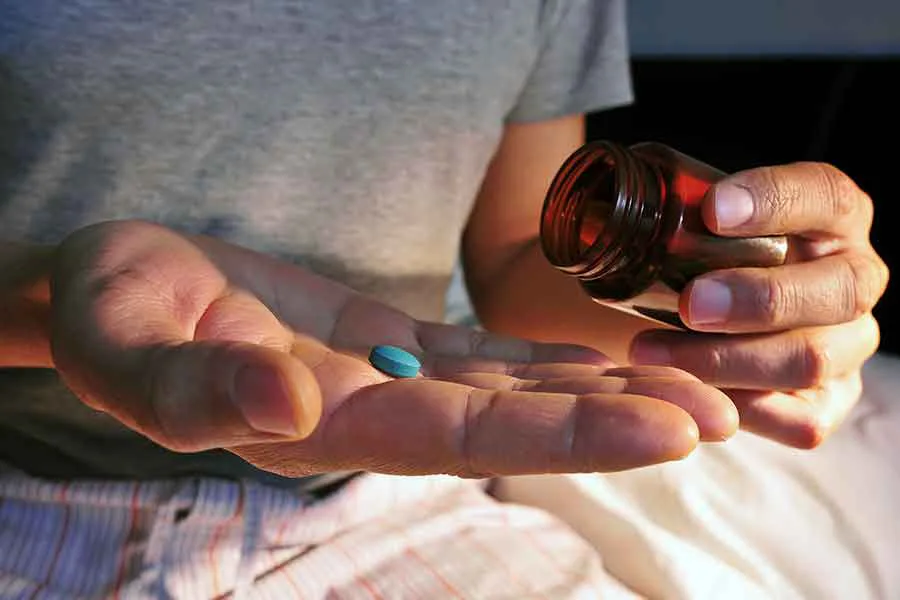Why Do People Use Drugs?
Are you or a loved one struggling with substance abuse and you’re not sure why? Gaining insight into the motivation behind the drug use is a great first step towards recovery. There is no one answer to the question “why do people use drugs?” but we have provided the following list of potential reasons as a starting point for your inquiry. Feel free to call the Two Dreams admissions team at 504-510-2331 to jumpstart your recovery today! Physical Pleasure. Addictive drugs stimulate the release of dopamine, a “feel-good” chemical in the brain that invokes the euphoric high commonly associated with …








